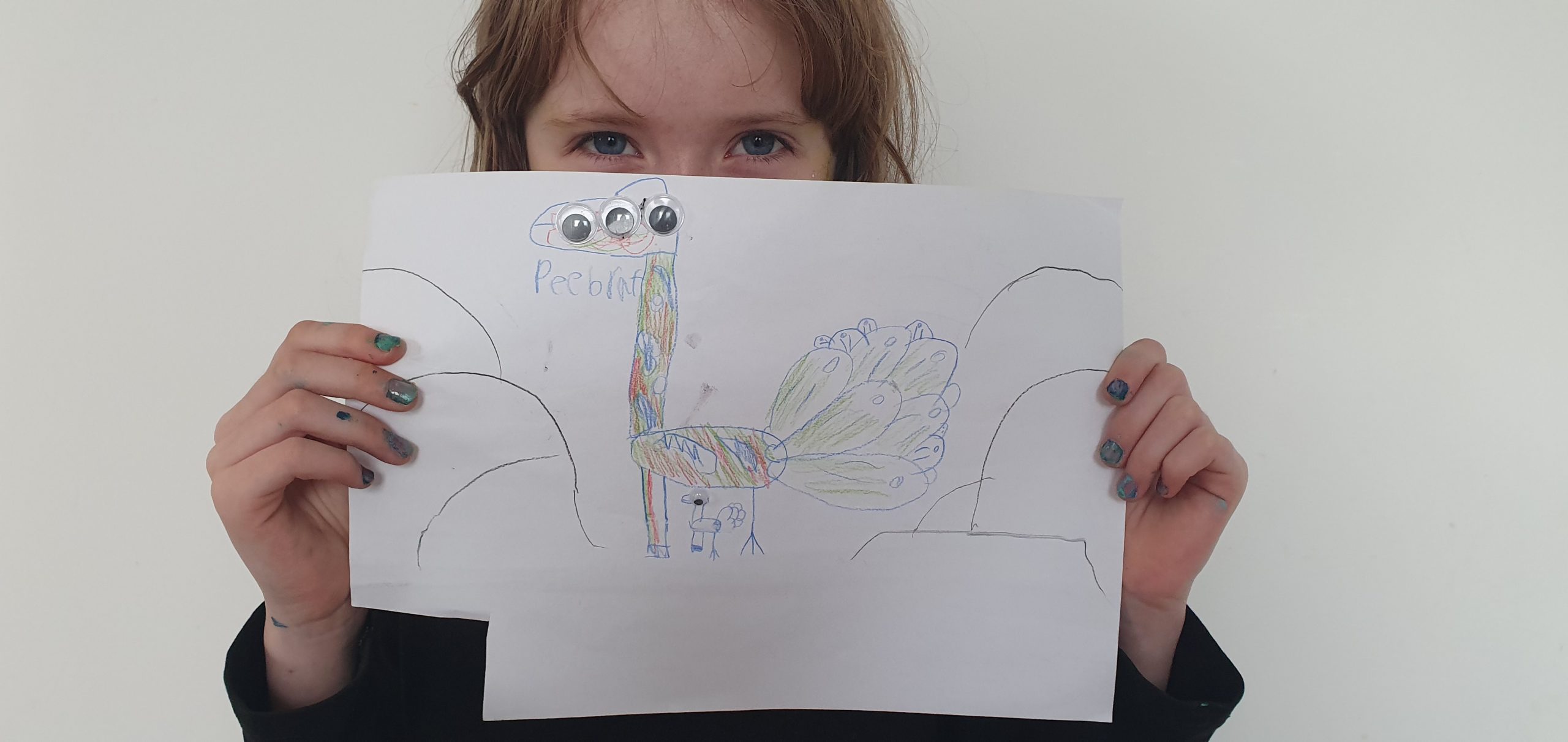A SCOTTISH mental health charity is praising the courage of children who are speaking out about the challenges they face, whilst living with an “invisible” illness.
Young ambassadors for the Teapot Trust will be discussing their experiences throughout the month, raising public awareness of the obstacles they face on a daily basis.
The chronic and physical conditions in question have no visible outward signs and the Trust helps to support children, young people and families living with these illnesses.

Pioneering the introduction of therapeutic art sessions for paediatric out-patient clinics in UK hospitals, the charity uses creative activities to distract and calm children in between tests, injections and scans.
Such activities are also beneficial for developing coping mechanisms and helping young people to express their feelings when receiving a course of treatment or news of a diagnosis.
Daisy, 9, lives in the Highlands. She has juvenile arthritis and has one-to-one art therapy sessions through the Teapot Trust.
She said: “Having arthritis is a pain. The Teapot Trust has really helped me with it. I’ve gotten to express a lot of emotions I normally wouldn’t have. Without it I would have just gotten so stressed.
“I would have stayed at home more days and not managed to do a lot more stuff. At school sometimes I feel like I get bullied and that stresses me. It’s just difficult having arthritis and going to school at the same time.”

Throughout November, the charity is raising public awareness by highlighting the experiences of patients, such as Daisy.
Sarah Randell, Chief Executive for Teapot Trust said: “Sadly, statistics show that a significant number of children and young people at risk from self-harm and suicide ideation have a chronic and/or physical health condition.
“The seemingly invisible nature of their condition can add to their sense of isolation making them feel like they’re suffering in silence.
“We’re incredibly proud of our young ambassadors who have decided to break this silence and talk about the challenges they face living with ‘invisible’ illness.”
